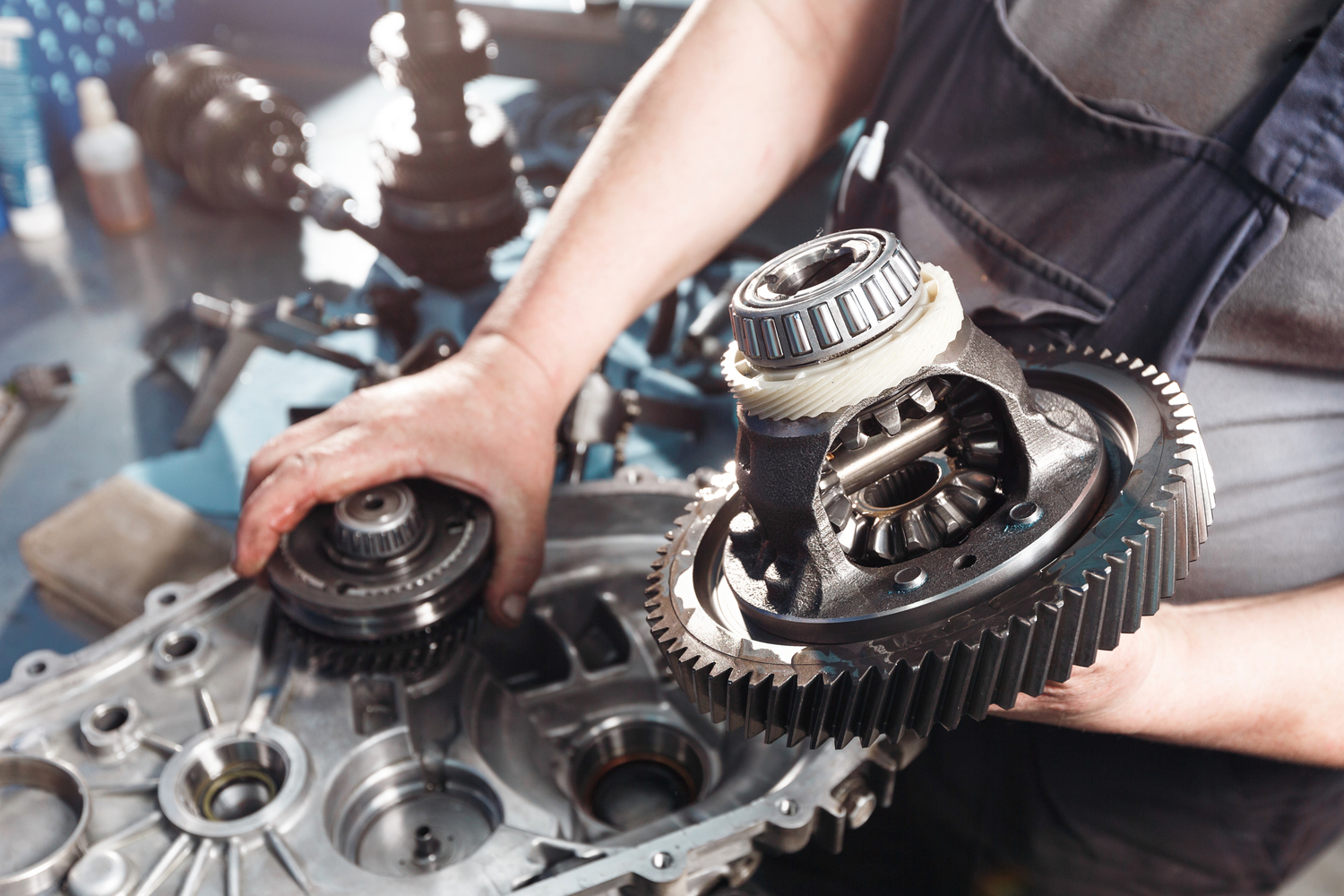Top Tips for a Successful Gearbox Rebuild
Rebuilding a gearbox is a daunting task that requires a sharp eye for detail, technical proficiency, and patience. Whether you’re a seasoned mechanic or an enthusiastic novice, ensuring a successful gearbox rebuild demands a structured approach and adherence to best practices. Below, we delve into the top tips to assist you in achieving a seamless and successful gearbox rebuild.
1. Thoroughly Understand the Gearbox System
Before diving into the rebuild process, it’s crucial to have an in-depth understanding of the gearbox system you’re dealing with.

2. Ensure a Clean and Organized Workspace
Maintaining a clean and organized workspace cannot be overstated. Gearboxes are intricate machines with numerous small parts, and a cluttered or dirty workplace can lead to mistakes or lost components. Utilize trays and containers to keep parts organized, and ensure your workspace is free from contaminants that could compromise the rebuild.
3. Utilize the Right Tools and Equipment
A successful gearbox rebuild mandates the use of specialized tools and equipment. Ensure your toolkit is well-stocked with essential items such as:
– Gear pullers
– Bearing splitters
– Torque wrenches
– Micrometers and calipers for precise measurements
– Gearbox-specific tools as recommended by the manufacturer
The correct tools not only make the job easier but also prevent damage to parts.
4. Meticulous Inspection and Cleaning
Each component of the gearbox must be meticulously inspected and cleaned. Pay close attention to:
– Gears: Look for signs of wear, pitting, or damage.
– Bearings: Check for smooth operation, rust, and any signs of fatigue.
– Seals and gaskets: Ensure there are no leaks and replace faulty ones immediately.
Thorough cleaning using appropriate solvents ensures that recontaminated parts don’t introduce debris into the gearbox.
5. Proper Documentation and Labeling
During disassembly, document each step meticulously. Take photographs, make notes, and label parts clearly. This documentation is invaluable when it comes time to reassemble, ensuring that each component is returned to its rightful place, thus avoiding costly errors.
6. Assessing and Replacing Worn Parts
Do not compromise on the quality of replacement parts. Always opt for genuine or high-quality aftermarket parts, ensuring they meet the manufacturer’s specifications. Worn or inferior parts can lead to premature failure, negating the entire rebuild effort.
7. Precision in Assembly
Precision is paramount during the reassembly process. Follow the manufacturer’s manual and ensure that each part is installed correctly:
– Pay attention to torque specifications; over-torquing or under-torquing can lead to failures.
– Use the appropriate lubricants and apply them as recommended.
– Double-check alignments and spacing, particularly with gears and bearings.
8. Testing and Quality Checks
Once assembled, the gearbox should be rigorously tested before being put back into regular operation. Conduct tests such as:
– Bench testing: Rotate the gearbox manually to ensure smooth operation.
– Load testing: Simulate operational conditions to observe performance.
– Noise checks: Listen for unusual noises indicating misalignment or internal issues.
9. Preventive Maintenance Tips
Post-rebuild, adhering to a preventive maintenance schedule can extend the life of the gearbox. Regular checks on lubricant levels, temperature, and vibrations can preempt issues before they escalate.
10. Continuous Learning and Improvement
Gearbox technology and methodologies evolve continually. Staying updated through training, courses, and manufacturer updates ensures that your rebuild techniques remain current and effective.
Conclusion
A successful gearbox rebuild requires meticulous attention to detail, the right tools, and a systematic approach. By understanding the system, maintaining a clean workspace, using appropriate tools, inspecting and cleaning thoroughly, documenting the process, ensuring precision in assembly, testing rigorously, and adhering to preventive maintenance, you can achieve a seamless rebuild that ensures optimal performance and longevity. Remember, continual learning and adapting to new technologies and methodologies will always keep you ahead in the field of gearbox maintenance and rebuilding.




